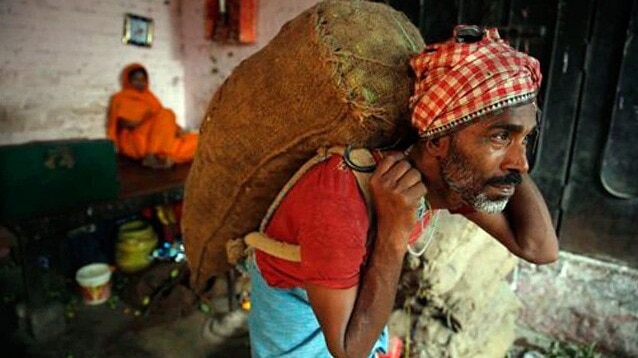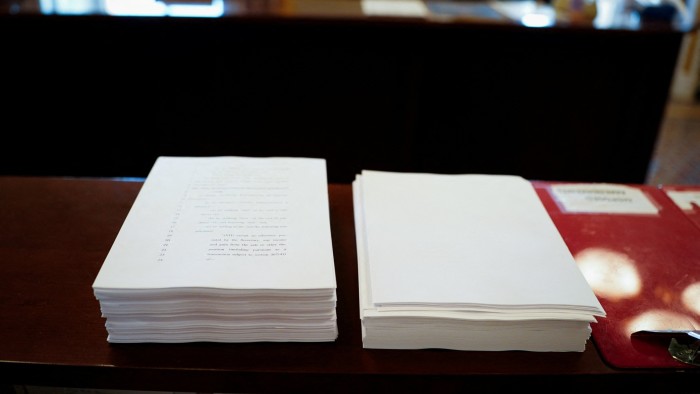In today’s India, a single labourer sweats for ₹600 a day—while 600 others casually close ₹20 crore home deals. This isn’t just inequality, writes senior analyst Sujay U. “It’s a wound that’s been hurting for generations.”
In a sharply worded LinkedIn post, Sujay laid out the numbers that define India’s deepening economic fracture. “This is not just data, it’s desperation,” he wrote.
The top 1% of Indians control 22.6% of the nation’s income and a staggering 40.1% of its wealth. Meanwhile, the bottom 50%—half the country—hold just 6% of income and 13% of wealth combined.
“Half the population is surviving on less than one-tenth of the pie,” Sujay noted, pointing to a structural imbalance that’s worsening despite GDP gains.
Wages tell an even harsher story. More than 75% of Indian labourers earn under ₹500 per day—just ₹15,000 a month. Only 22% of workers cross that threshold. And one-third of the wage-earning population—an estimated 62 million people—earn below the statutory minimum wage.
In sectors like rural construction and agriculture, daily pay can sink to ₹20–₹300, far below subsistence levels and entirely out of sync with rising inflation.
“These numbers don’t just show inequality,” Sujay said.
“They expose a two-speed economy—one accelerating into luxury and another stuck in survival.”
The contrast is jarring: record-breaking home sales at the top end of the real estate market, with multi-crore deals inked daily, while the majority of the country struggles to meet basic living standards.






